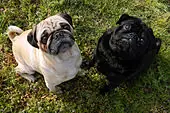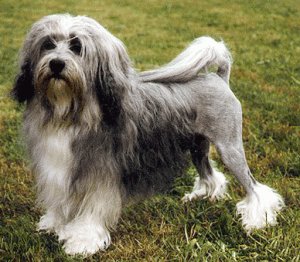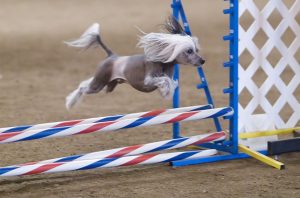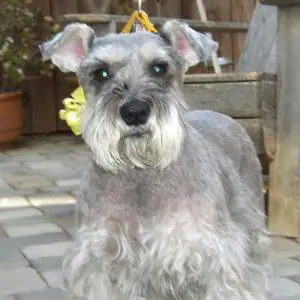Pug
Bring Joy Home: Guardian Angel Pug Rescue

-
Breed Group : TOY
-
Origin : CHINA
-
Average Height : 10" - 14"
-
Average Weight : 14 - 18 lbs
-
Life Span : 12 - 16 years
Photo Courtesy of : Pugs You Gotta Save P.U.G.S.
-
Size
1 2 3 4 5 6 7 8 9 10 -
Energy
1 2 3 4 5 6 7 8 9 10 -
Intelligence
1 2 3 4 5 6 7 8 9 10 -
Ease of Training
1 2 3 4 5 6 7 8 9 10 -
Hypo-Allergenic
1 2 3 4 5 6 7 8 9 10 -
Shedding
1 2 3 4 5 6 7 8 9 10 -
Good with Kids
1 2 3 4 5 6 7 8 9 10 -
Good with Other Pets
1 2 3 4 5 6 7 8 9 10 -
Guard Dog
1 2 3 4 5 6 7 8 9 10









